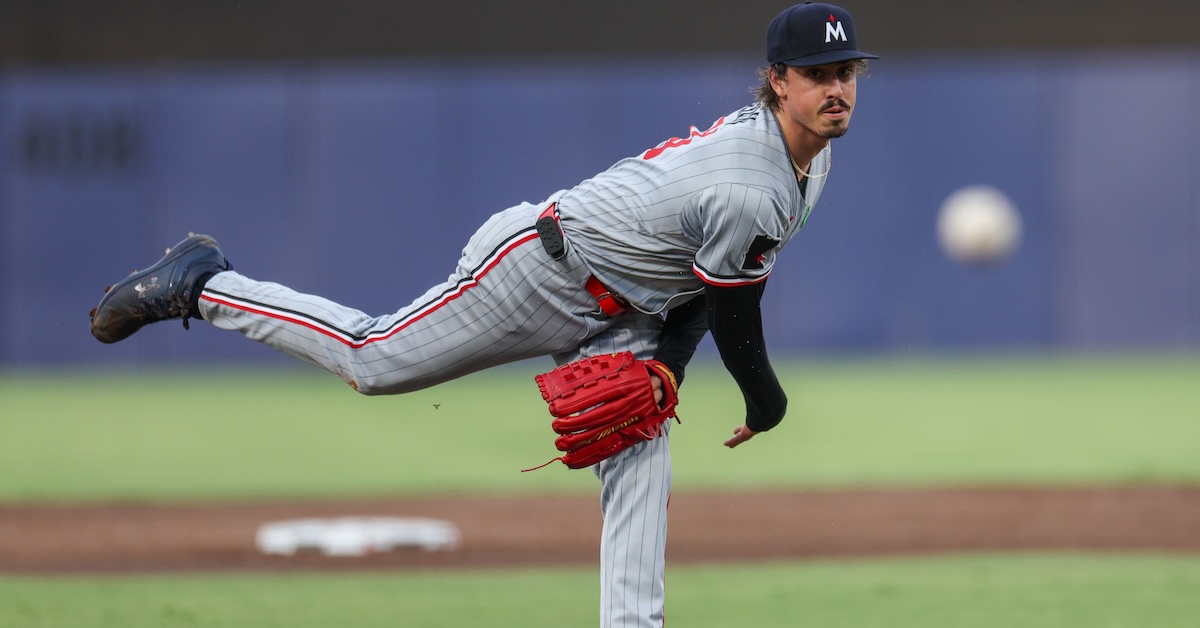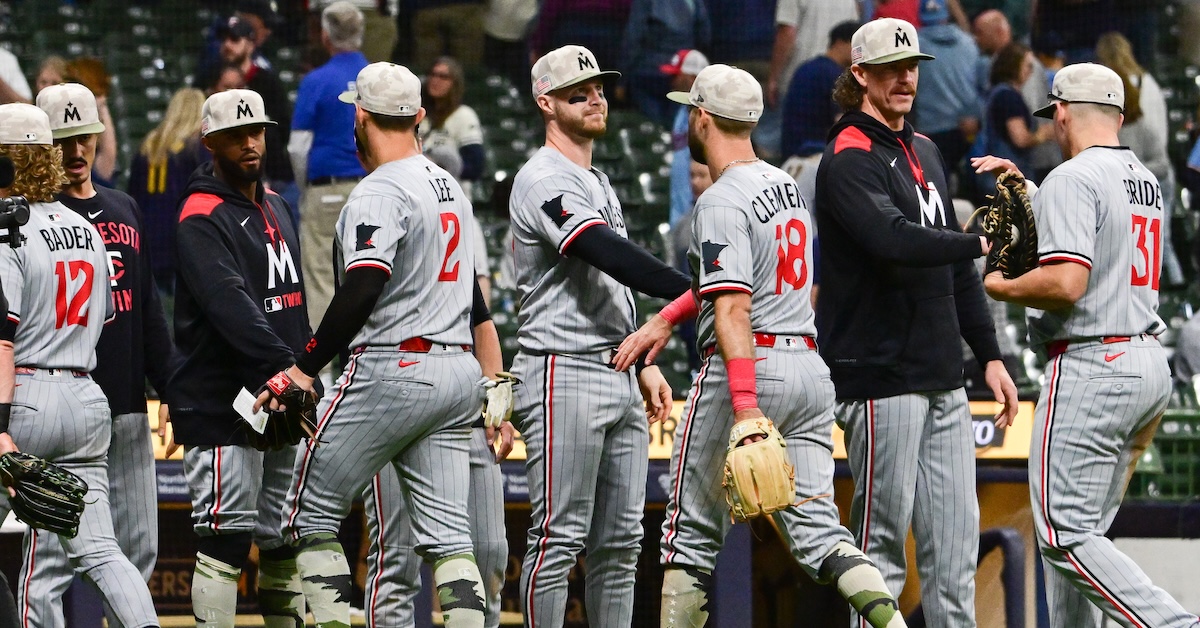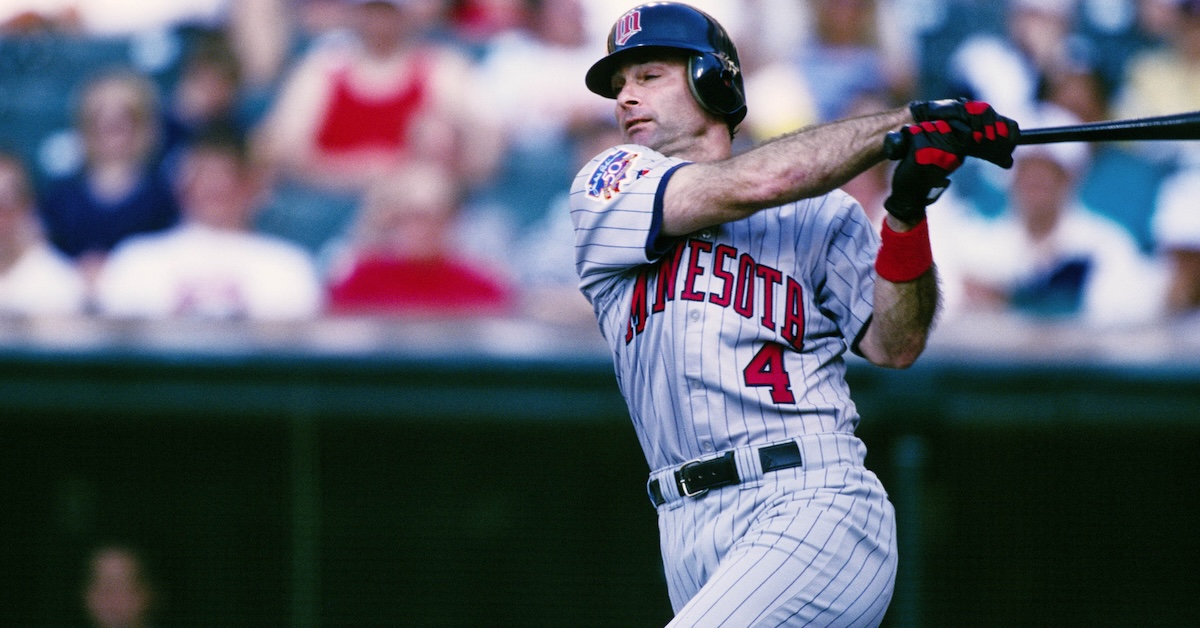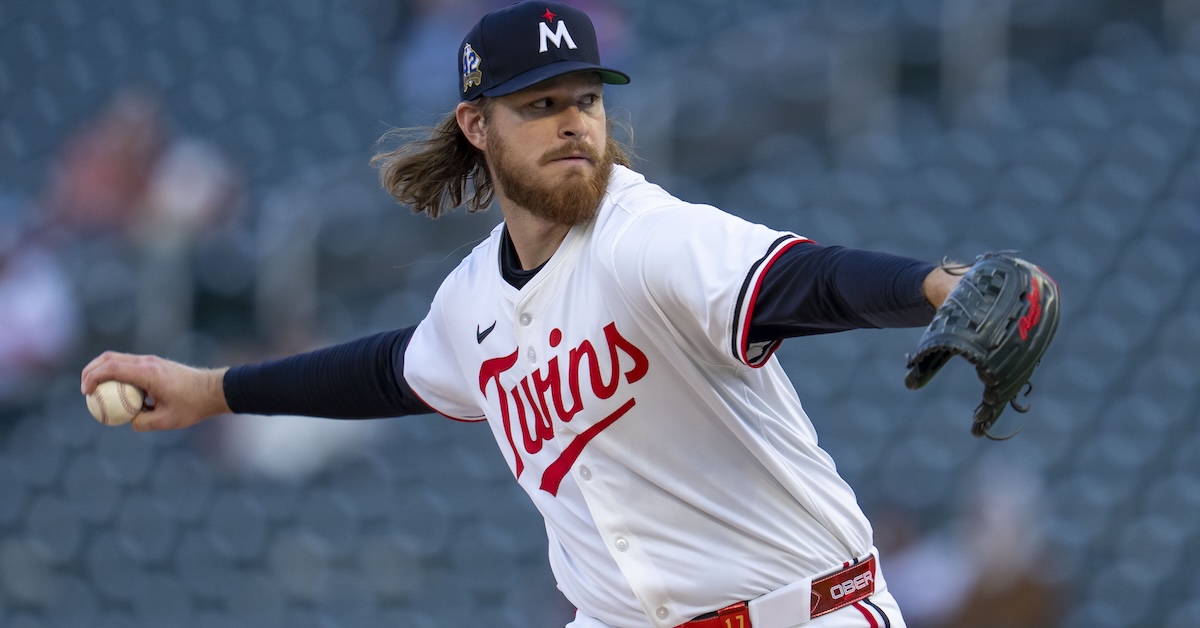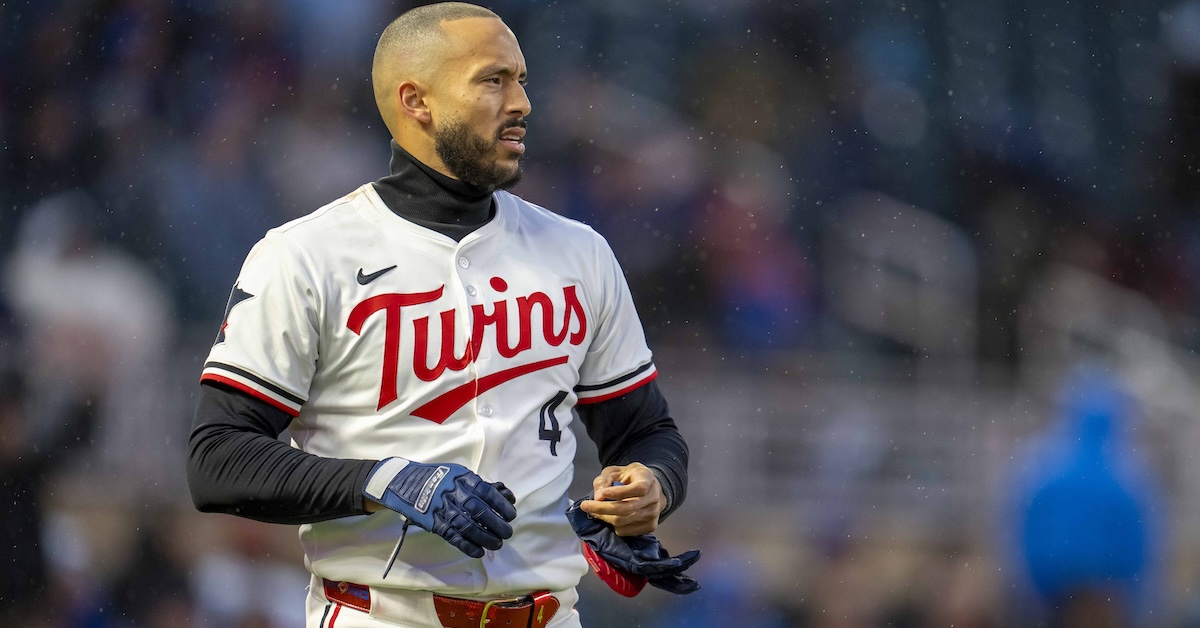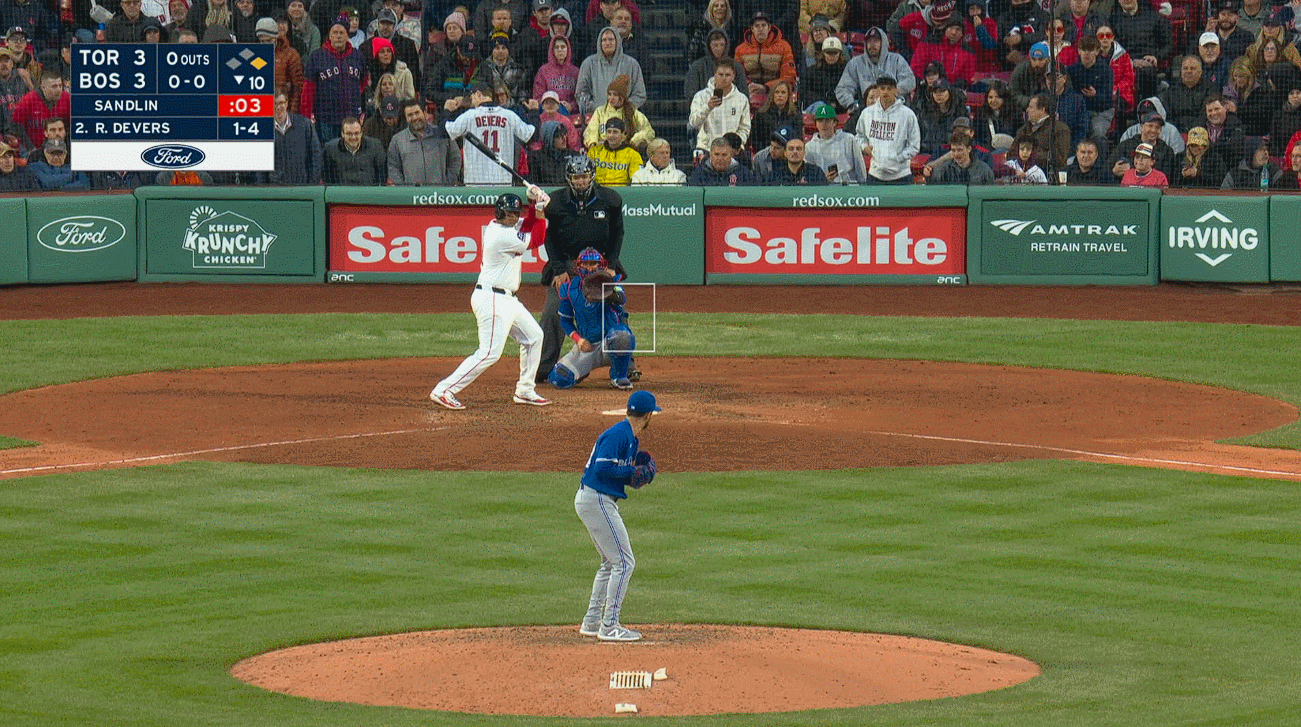Sunday Notes: Back On Track, Mikey Romero Is a Red Sox Prospect To Watch
Mikey Romero has hit a few speed bumps since the Boston Red Sox drafted him 24th overall in 2022 out of California’s Orange Lutheran High School. A back injury limited the 21-year-old multi-position infielder to just 34 games in 2023, and he then didn’t return to game action until last May. He also missed time in August after suffering a concussion.
When healthy, it’s been mostly smooth sailing for the former first-rounder. [Boston took Roman Anthony 16 picks later the same year]. Romero’s last-season ledger included 16 home runs and a 125 wRC+ over 362 plate appearances between High-A Greenville and Double-A Portland.
He’s off to a strong start in the current campaign. Back at the higher of those levels, Romero is swinging to the tune of a 134 wRC+ in 154 trips to the plate. Fully half of his 34 hits have gone for extra bases. The San Diego native’s smooth left-handed stroke has produced 10 doubles, a pair of triples, and five home runs.
As the season was getting underway, I asked the promising youngster how he’s grown as a hitter since joining the professional ranks. Read the rest of this entry »
